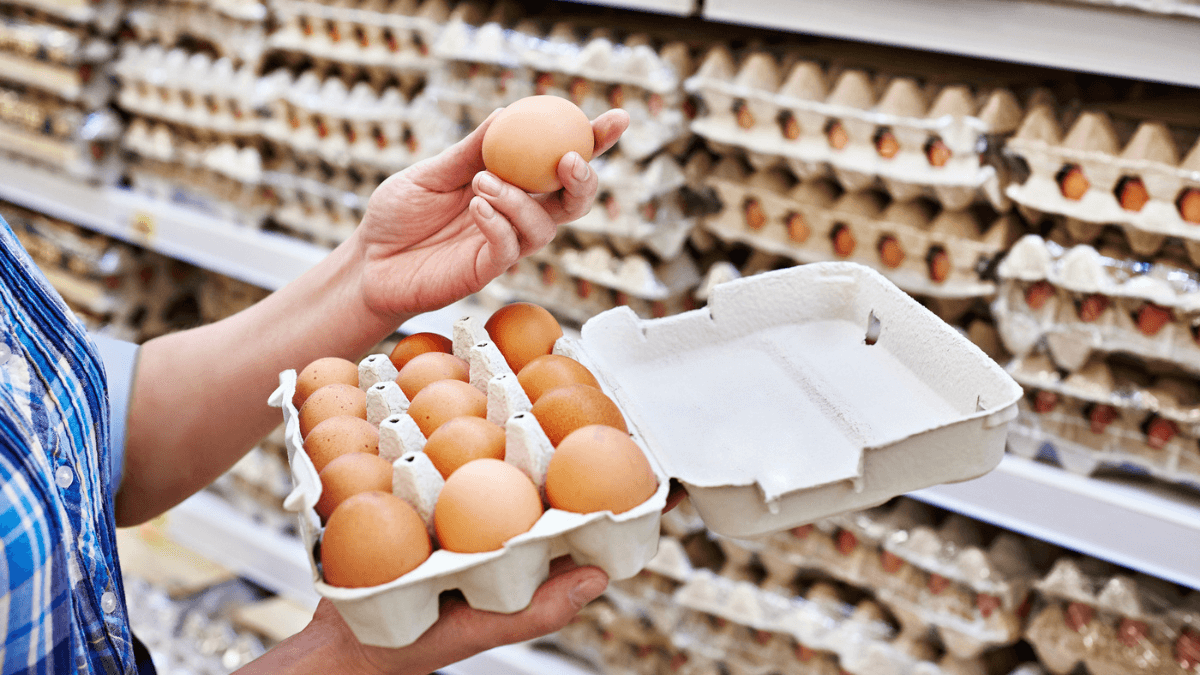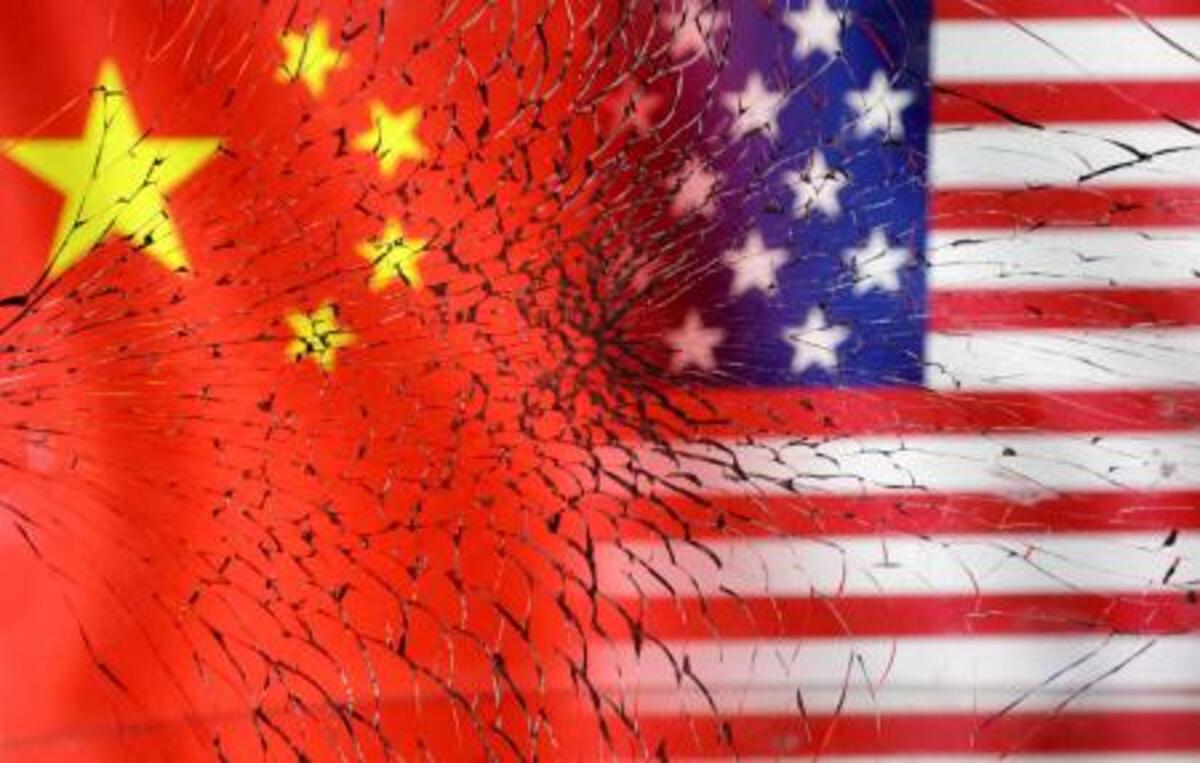**Why Are Eggs So Expensive? Understanding the Egg Price Surge**
Eggs have become a pricey commodity, leaving many wondering: **Why are eggs so expensive?** Several factors contribute to this price surge, including increased demand, rising production costs, disease outbreaks, transportation expenses, and changes in consumer preferences. Let’s delve into these reasons to better understand the current state of egg prices.
—
### What Is “Eggflation”?
In the United States, the term **eggflation** has been used to describe the recent sharp rise in egg prices. According to the U.S. Bureau of Labor Statistics (BLS), the cost of a dozen Grade A large eggs increased to $2.52, mainly due to the worst bird flu outbreak in U.S. history.
The pandemic and general inflation raised costs associated with chicken feed, labor, and transportation, further increasing egg prices. Although the impact of bird flu has lessened and egg prices have fallen, they still have not returned to pre-pandemic levels.
—
### Current Egg Prices Across the USA
Egg prices in the U.S. show significant regional variation in 2024. Hawaii reports the highest prices, nearing $10 per dozen, while Missouri offers some of the lowest at around $4.24 per dozen.
According to the Consumer Price Index, the nationwide average price for a dozen large, grade-A eggs was $3 in February 2024. This represented an 8.4% increase compared to January of the same year. However, it is still much lower than the January 2023 price, when eggs sold for $4.82 per dozen.
—
### Global Egg Price Trends
Egg prices have surged globally, driven by the same bird flu epidemic and a significant rise in chicken feed costs. Despite decreases in U.S. prices near the end of 2023, the global trend points to higher costs due to ongoing supply chain issues and the economic aftermath of the pandemic.
Rising demand for fresh chicken eggs—especially related to seasonal events like Easter—has also contributed to price increases worldwide.
—
### Impact of the Bird Flu Outbreak
In 2022, the bird flu outbreak devastated over 50 million birds, significantly reducing the population of egg-laying hens. This loss, which accounted for about 5% of the laying hen population, drastically cut egg supply and led to a sharp price spike.
Beyond the loss of birds, producers faced soaring operational costs to implement disinfection and disease prevention measures. These increased costs, combined with reduced supply, compelled producers to raise prices.
For instance, in California, the price for a dozen large eggs jumped to $7.37 from $4.83 the previous year, mirroring trends seen across many states.
—
### Inflation’s Role in Egg Prices
**Inflation** has significantly driven up the cost of producing eggs. A key factor is rising prices of chicken feed, primarily grains like corn and soy, which have been affected by global events disrupting supply chains.
These increased production costs have translated into higher retail egg prices, impacting consumer grocery bills. While there is hope for price stabilization, the current high cost of eggs exemplifies the broader economic impact of inflation on both producers and consumers.
—
### Middlemen and Corporate Distribution Costs
A significant yet often overlooked factor in the high cost of eggs is the role of middlemen or corporate distributors. These entities act as intermediaries between farmers and retailers and add layers of costs to the final price.
Transportation, warehousing, and logistics costs have increased due to inflationary pressures. Jeff Smith, co-owner of Cackle Hatchery in Missouri, noted increased labor and equipment costs driven by rising demand and labor shortages.
Additionally, large distributors and retailers may mark up prices under the guise of inflation to increase profit margins. According to an analysis published by the U.S. House Subcommittee on Economic and Consumer Policy, this practice can inflate consumer prices beyond production or logistical costs.
—
### Effects of the War in Ukraine
The Russo-Ukrainian war has disrupted the global supply of grains like corn and soy, primary ingredients in chicken feed. Europe, a major supplier of these grains, is affected by the conflict, forcing poultry farmers to pay more for feed.
Increased feed costs have led to higher egg production expenses, thereby triggering price hikes worldwide. This situation highlights how major geopolitical events can ripple through global markets and affect everyday items like eggs.
—
### Strong Consumer Demand Around Easter
Egg prices tend to rise each year around **Easter**, driven by increased demand for fresh eggs. When supply struggles to keep pace, prices climb.
This annual spike affects both those celebrating the holiday and consumers who purchase eggs regularly. Even if you aren’t planning on dyeing Easter eggs, the increased price may strain household budgets during this period.
—
### Are Egg Prices Expected to Drop Soon?
Good news for consumers: fresh egg prices are finally dropping. Recent statistics show about a **32% decrease** in the price of a dozen grade A large chicken eggs.
This decline is mainly due to recovery from last year’s bird flu outbreak, which drastically reduced egg-laying hen numbers. With more hens back in production, supply is normalizing.
Wholesale prices have also sharply declined—nearly 80% from their peak—to just over $1 per dozen. This trend suggests consumers can expect lower store prices soon.
However, the extent to which lower wholesale prices will translate to retail savings remains uncertain, as retailers ultimately set shelf prices. While wholesale prices fall below $1, retail price reductions may be slower or less pronounced.
—
### Frequently Asked Questions
**Why Are Eggs So Expensive?**
The sharp increase in egg prices is primarily due to major disease outbreaks, notably bird flu, which reduced the number of egg-laying hens and disrupted supply chains. Inflation and increased production and distribution costs also play significant roles.
**Why Is There a Shortage of Eggs?**
The bird flu outbreak necessitated the culling of millions of hens, drastically reducing egg supply across the country.
**Which Country Has the Most Expensive Eggs?**
According to recent data from Global Product Prices, New Zealand has the most expensive eggs worldwide. In 2024, the price in New Zealand reached $6.93 per dozen.
**Why Are Some Eggs Cheaper?**
Egg prices fluctuate based on supply and demand. Increased supply and reduced demand can lower prices. Seasonal changes, such as after Easter, and improvements in production following disease outbreaks also contribute to cheaper eggs.
—
### Conclusion
Egg prices are influenced by a complex set of factors: disease outbreaks, inflation, geopolitical conflicts, logistics, and consumer demand all play a role. While prices have begun to stabilize and even decline, it may take some time before eggs return to the affordability levels seen before recent disruptions.
Understanding these dynamics sheds light on why the humble egg carries a higher price tag today—and what might be expected in the future.
—
**Related Reads:**
*(Include relevant internal or external links here)*
https://radicalfire.com/why-are-eggs-so-expensive/




